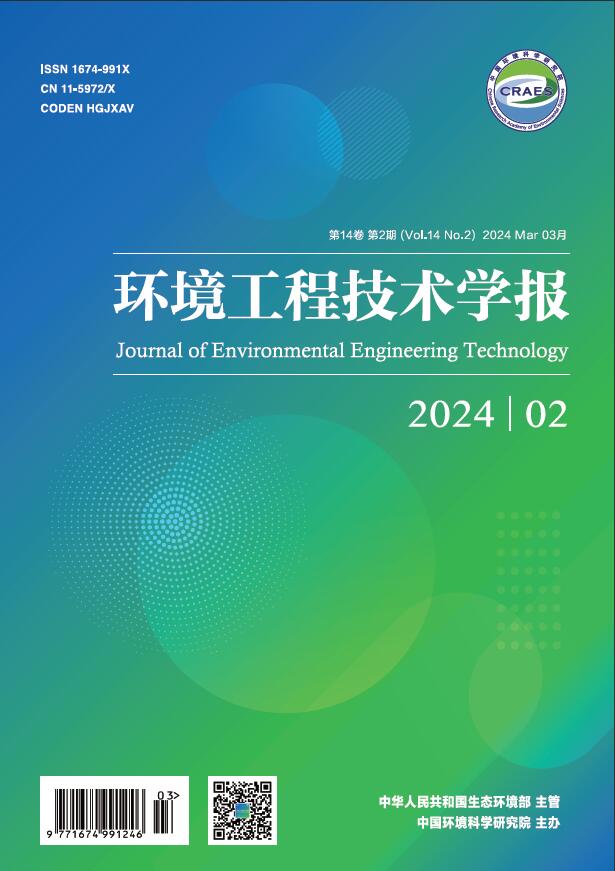Abstract:
Associated with chemical and biological parameters of water quality of Suzhou Creek, the variation of lag phase and rate of degradation while adding chemicals to water samples were analyzed, water self-purification capacity was comprehensively assessed, and the method to evaluate the self-purification ability of Suzhou Creek in its process of ecological restoration was discussed. Six kinds of organic compounds, including sodium acetate, aniline, phenol, diethylene glycol, ethylene glycol and paraldehyde, were respectively added into the upstream and downstream water samples collected from Suzhou Creek in the year 2008, and the results of each additive between downstream and upstream compared. Combining the related water quality data, comparison analysis between 2006 and 2008 could be made that both the oxidation-reduction potential (ORP) and the degradation capability of all additives of upstream and downstream were sharply decreased in 2008, especially for the degradation of paraldehyde which was markedly reduced from 77.82% and 88.73% in 2006 to 35.83% and 65.86% in 2008, respectively. There were no significant changes in the external organic input during these two years, while the number of heterotrophic bacteria of the upstream water was sharply dropped from 4.7×104 CFU/mL in 2006 to 2.2×103 CFU/mL in 2008, leading to decreased degradation and adaptability of sodium acetate, aniline, phenol, ethylene glycol and paraldehyde. It was suggested that the self-purification capacity of Suzhou Creek had been comprehensively weakened on the whole, and the loss of self-purification capacity of upstream water was more significant in 2008 compared with 2006.


